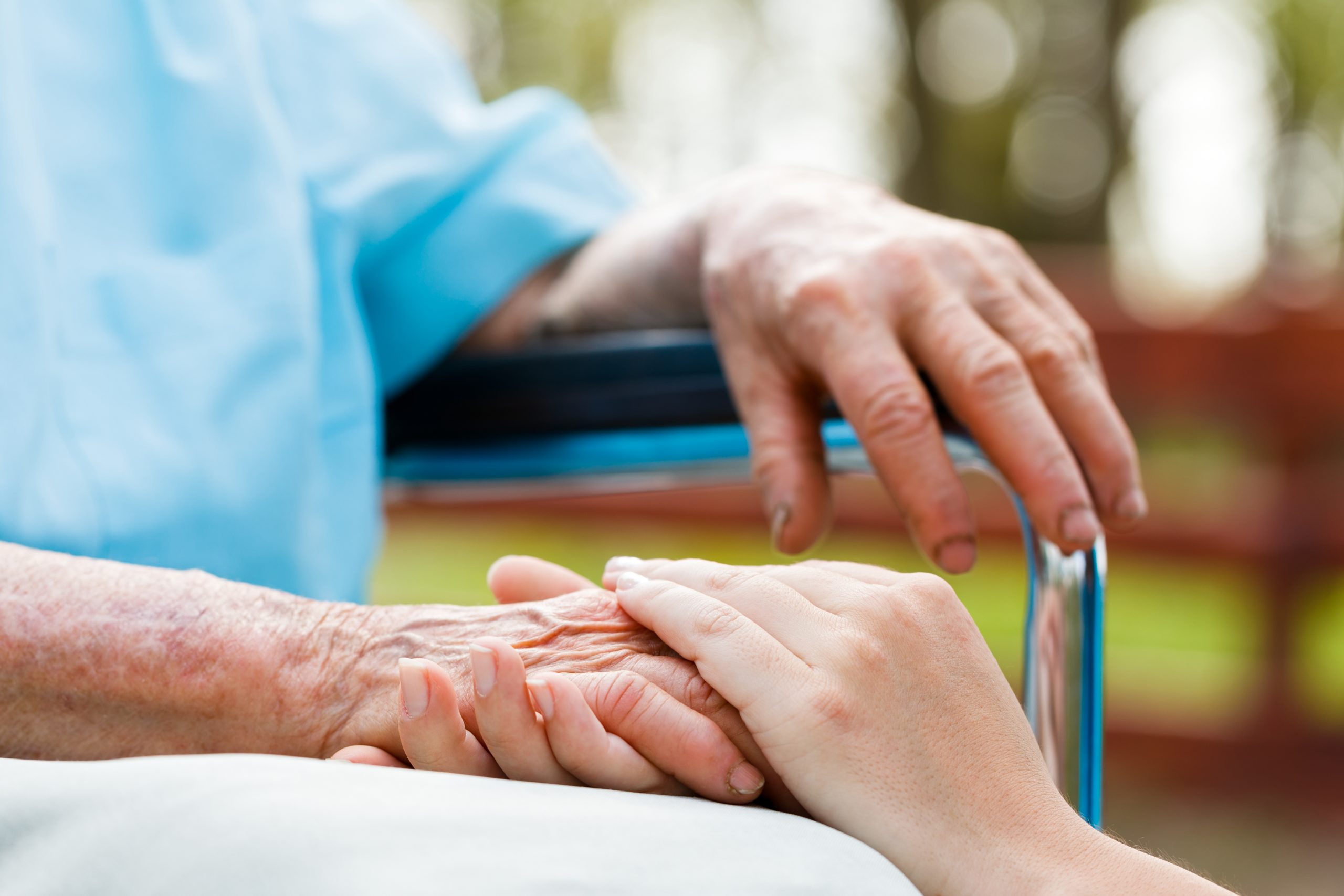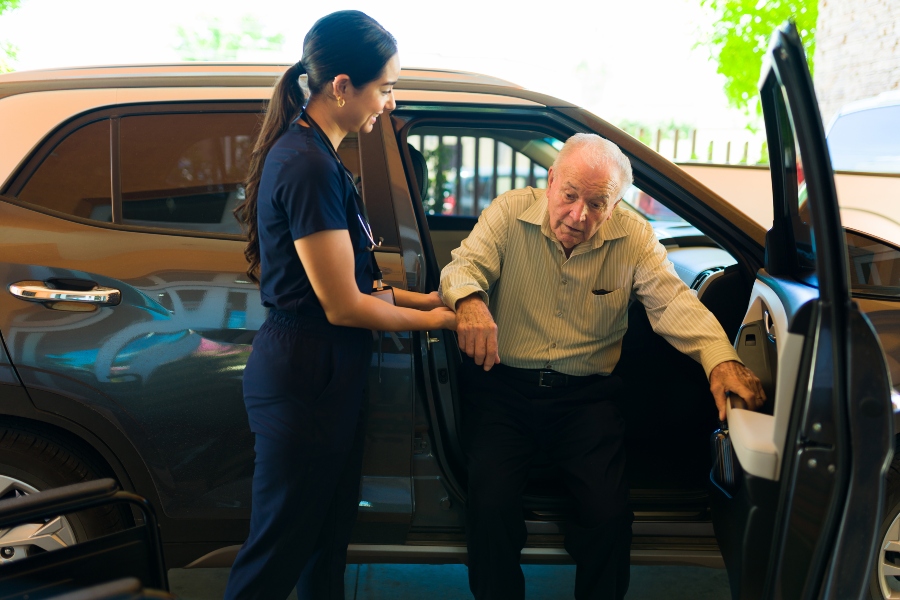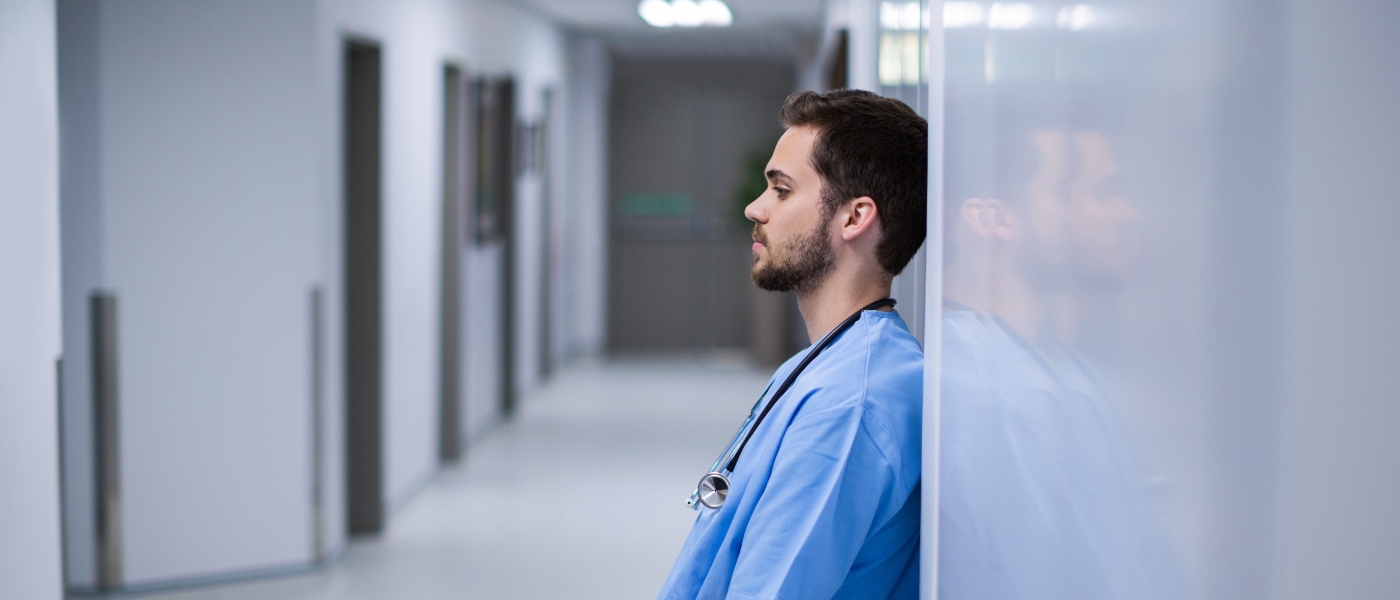
Non-verbal communication is defined as communication without the use of spoken language. Non-verbal communication includes gestures, facial expressions and non-verbal aspects of speech such as tone of voice and speed of speaking. When it comes to healthcare, proper attunement to and interpretation of patients’ non-verbal communication is particularly important.
We’ve all seen it in action. It’s how we know that “I’m doing okay…” followed by a sigh, has a completely different meaning than the “I’m doing OKAY!” that’s filled with excitement. For those who work with patients every day, nonverbal communication is as important as biometric readings. That’s why experienced healthcare workers are trained to recognize these nonverbal cues, which can vary widely among cultures or regions of the country.
Nonverbal fluency is the secret sauce
At CareCentrix we are very proud of our employees’ nonverbal communication fluency. That’s the secret sauce to the superior level of care and life-saving value we provide to patients. From a patient service operator who, during a routine call, identified the signs of a patient struggling to breathe and sent immediate help, to a nurse coach who saved a life by recognizing the signs of low blood sugar through a patient’s slurred speech and intervened without delay by sending an ambulance to her home. Our employees are trained to recognize the needs of patients when they are doing telemonitoring while patients recover at home.
While technology platforms and remote monitoring devices support post-acute care and help patients enjoy the benefits of home care, nonverbal communication listening skills can never be replaced by a machine or device. In the examples mentioned above, these nonverbal cues—which were not recognized by family members as serious—were identified by our patient service staff who took quick action.
There’s no app for that!
As we move forward with the integration and development of new technology at what seems like light speed, those working in the post-acute care industry know that machines still have a lot of learning to do. There’s no machine to measure feelings or emotions, so the basic—but critically important—questions still need to be asked when caring for a patient: Are you still in pain this morning?; How are you feeling today?; Is it going to be cold tonight?
The non-measurable answers to these questions are still the ingredients to the secret sauce of human interaction—and the key to the great work that our talented employees do every day.






